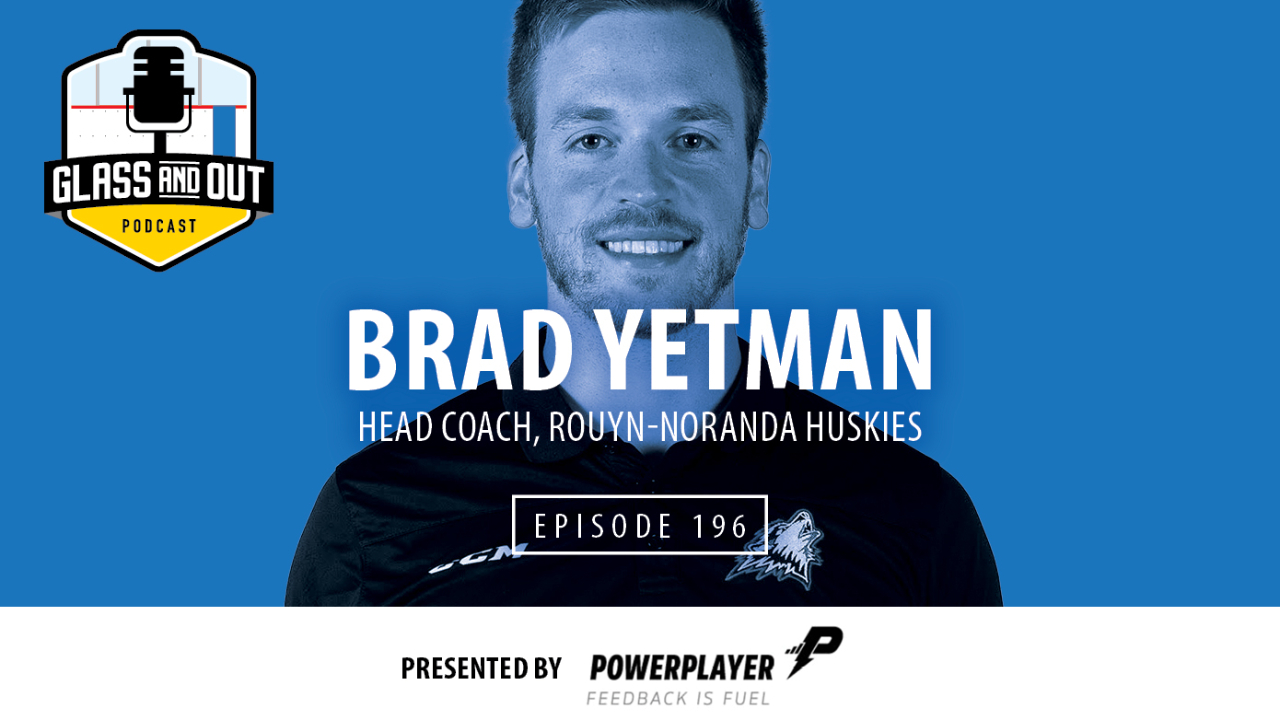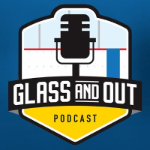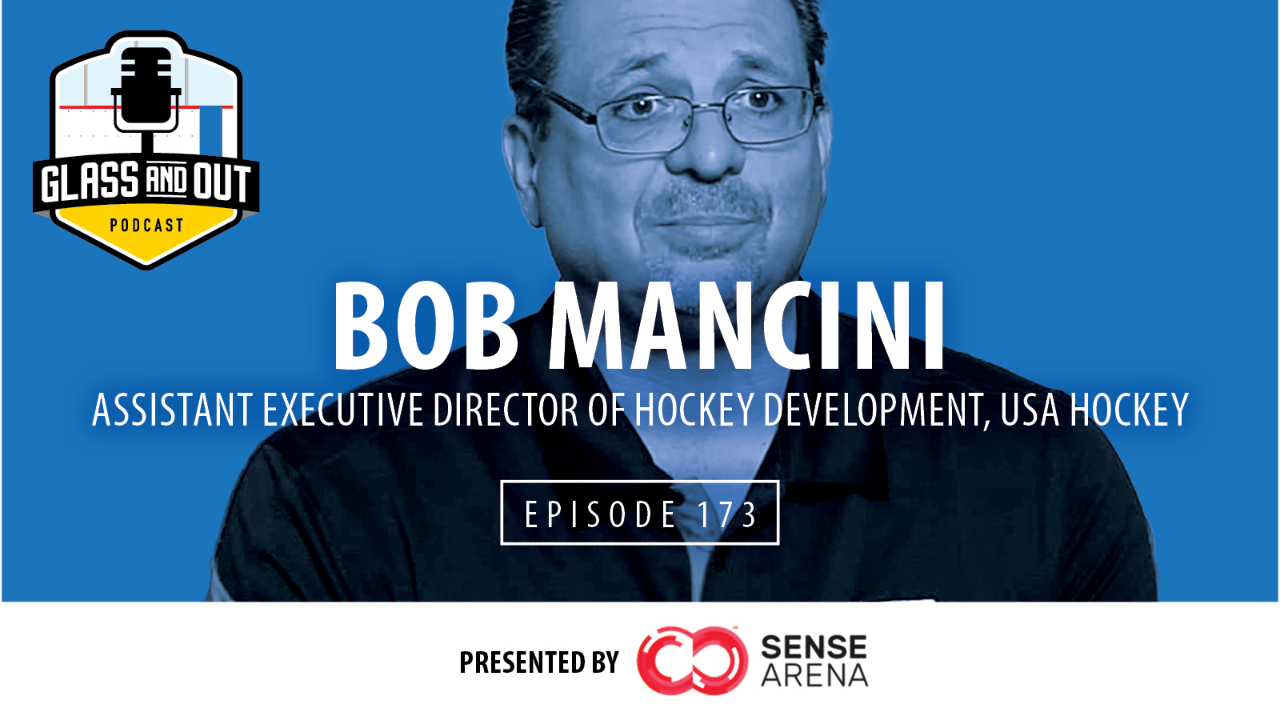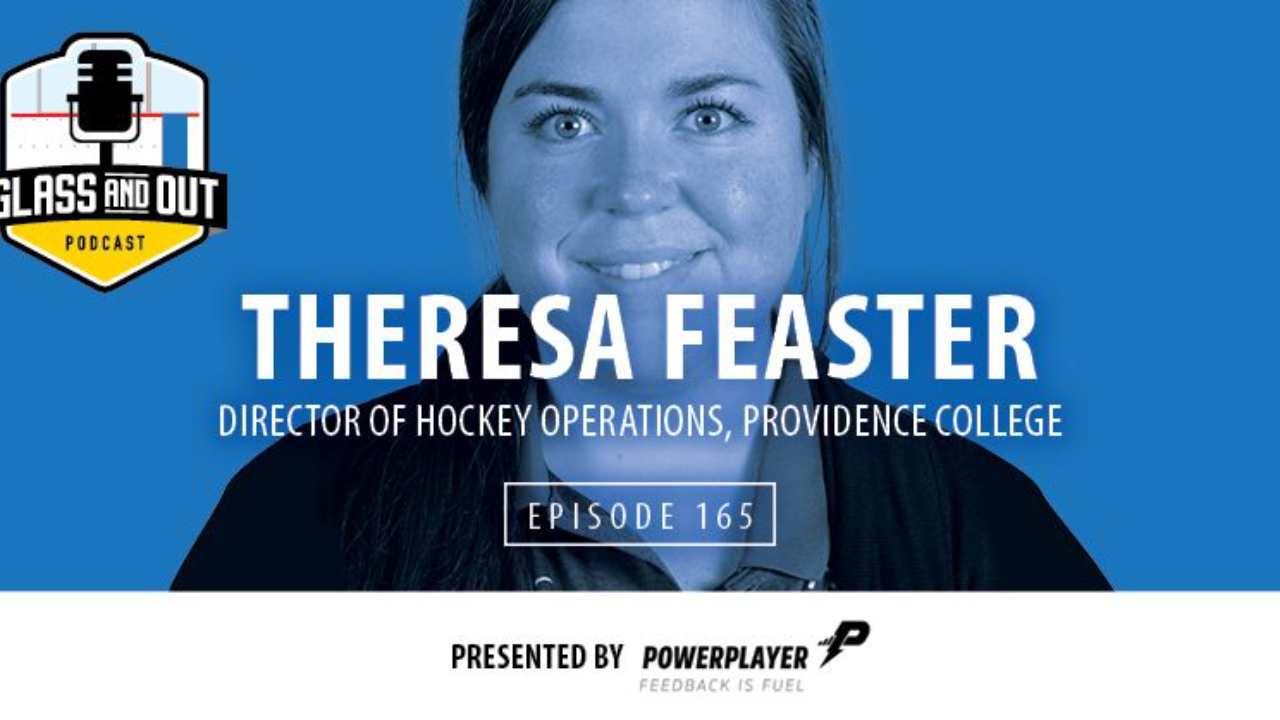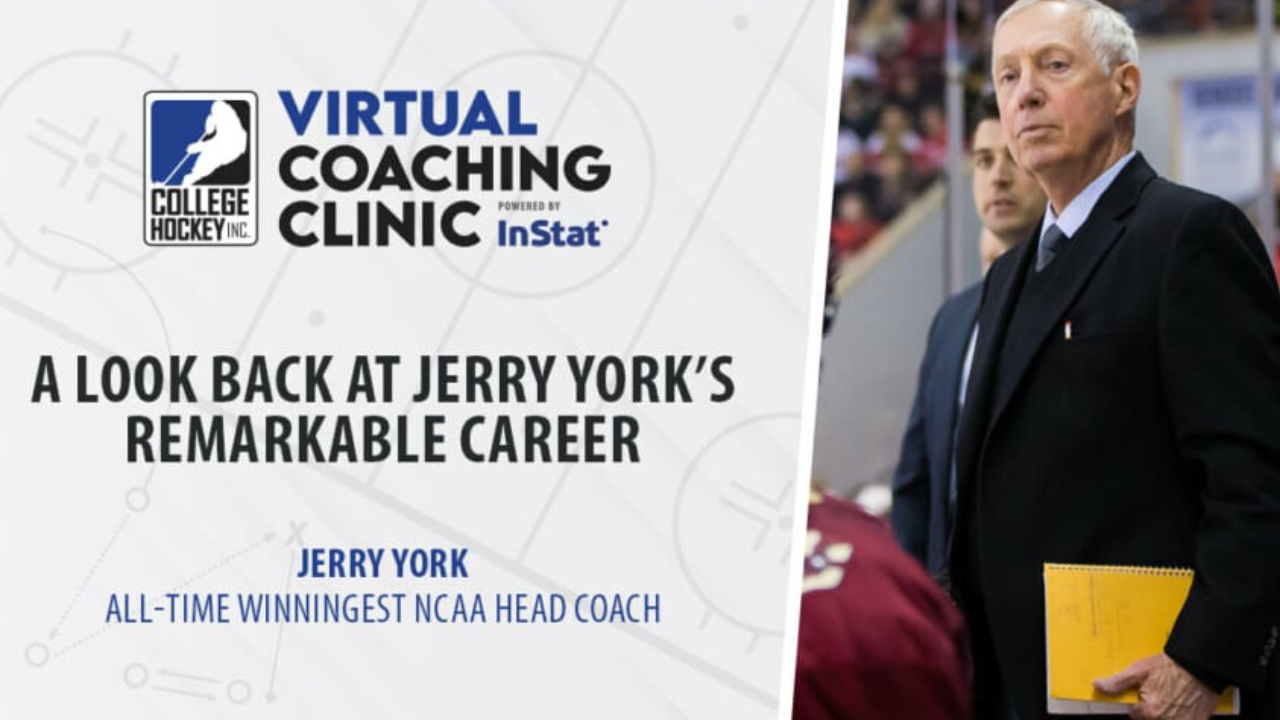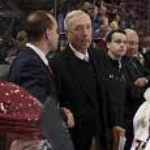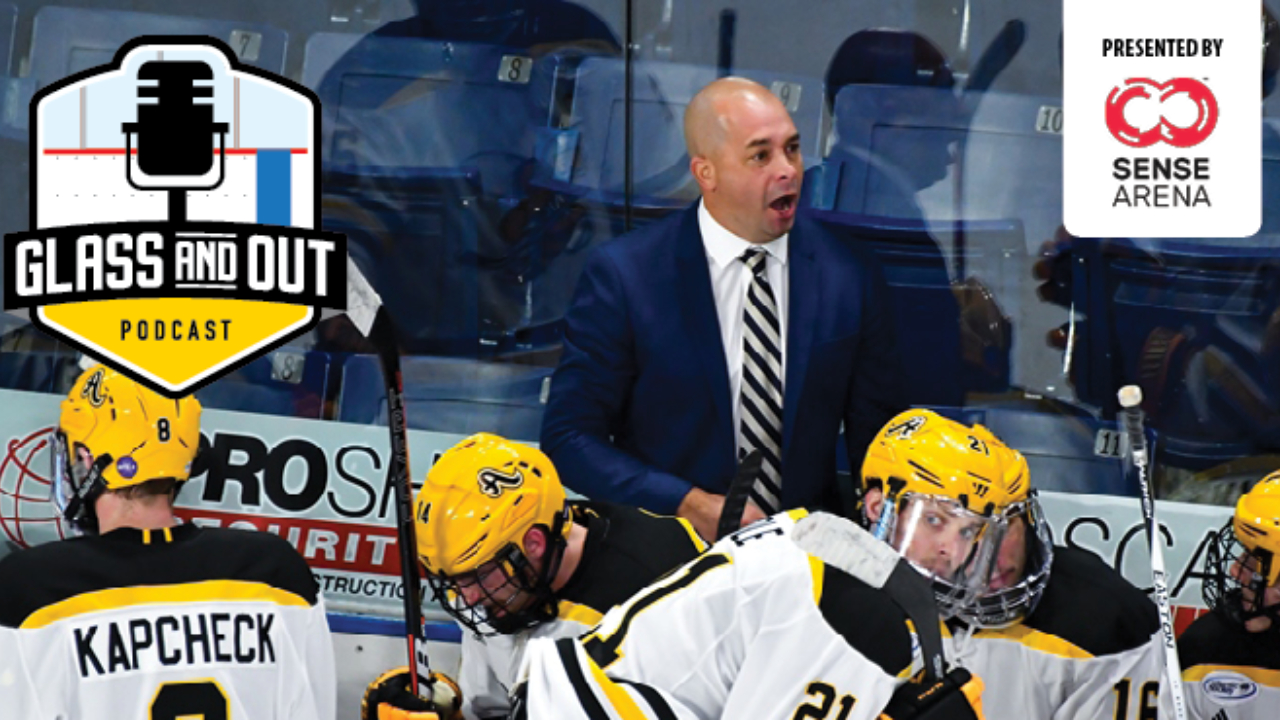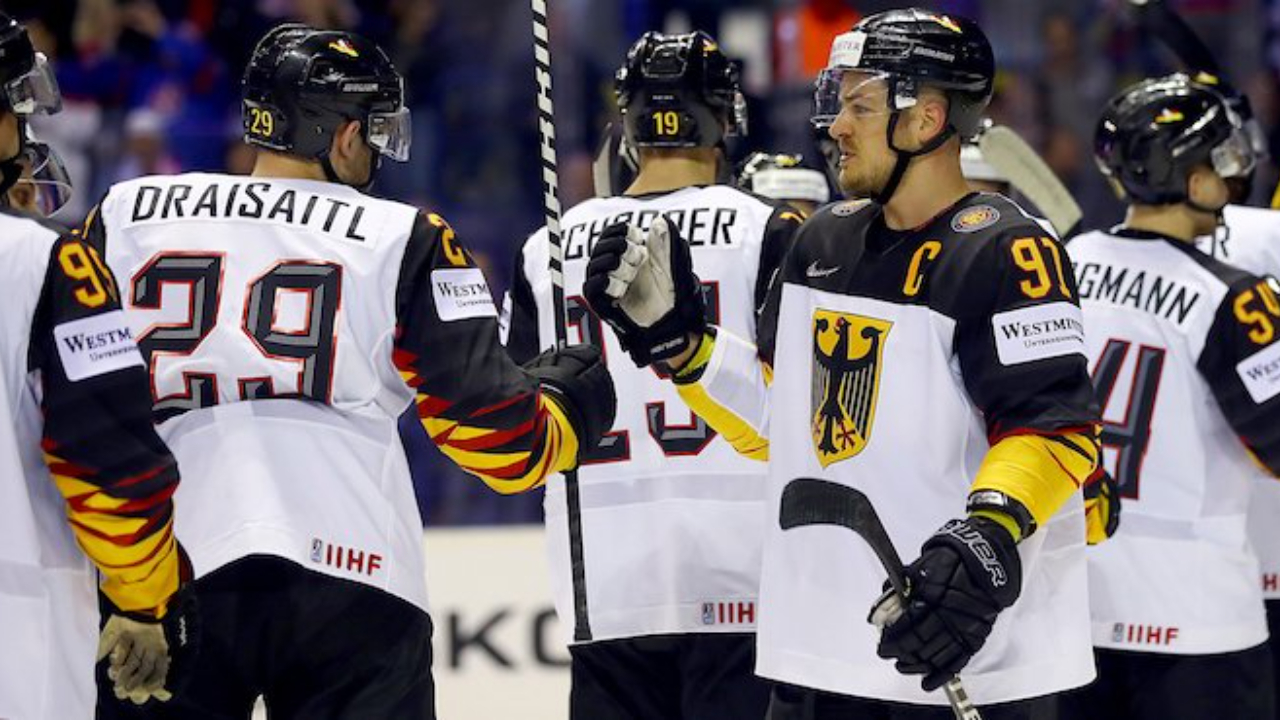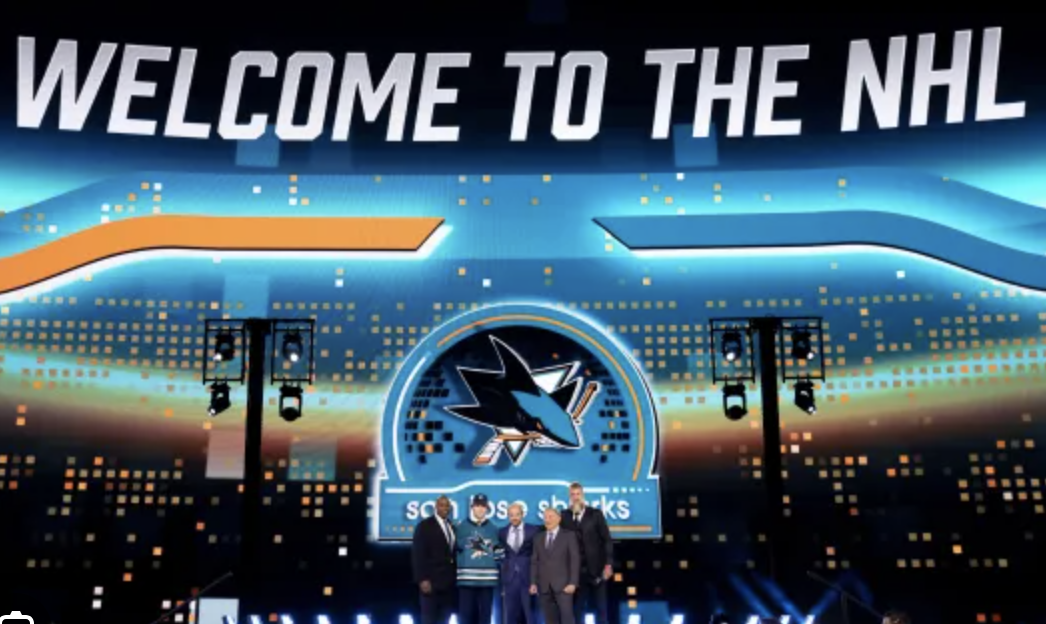
by Jeff German, Head Coach, Denison University Men’s Hockey
For decades, the prevailing wisdom in high school hockey circles has been clear: if you want to play at the collegiate level, you must first pay your dues in junior hockey. The logic behind this model is simple; junior leagues serve as an excellent proving ground where players can refine their skills, mature physically, and gain exposure to college scouts. However, this traditional pathway presents significant challenges for many student-athletes, and recent changes in NCAA eligibility rules have only intensified these issues.
The decision to allow players from the Canadian Hockey League (CHL), including the Western Hockey League (WHL), Ontario Hockey League (OHL), and Quebec Maritime Junior Hockey League (QMJHL), into NCAA hockey is a game-changer. This ruling effectively shifts the entire talent pipeline, pushing CHL-experienced players into NCAA programs and forcing many U.S. junior hockey hopefuls further down the ladder. The ripple effect is undeniable: as NCAA teams bring in players with CHL backgrounds, Tier 1 and Tier 2 junior teams become even more selective, leaving many players scrambling for meaningful opportunities. Ultimately, a large percentage of these players will still find themselves in ACHA programs, but only after investing significant time and financial resources in junior hockey.
The Challenges of the Junior Hockey Model
While junior hockey has long been the accepted route, it comes with considerable drawbacks. First and foremost is the sheer number of junior programs available today. This saturation means that players must navigate a complex and often cutthroat system to secure meaningful ice time. Many highly talented, but not elite-level players, find themselves in limbo and out of an academic rhythm, hopping between teams, or spending multiple years grinding in junior leagues with no guaranteed NCAA opportunities.
The financial burden of junior hockey is another major concern. Families routinely spend tens of thousands of dollars annually on tuition, travel, equipment, and housing, all in hopes of securing a spot in an NCAA program. Yet, many of these players ultimately end up in the ACHA, which they could have joined straight out of high school without the added financial and personal sacrifices of junior hockey.
Another often overlooked cost factor is the use of family advisors. Many players and families hire advisors to help navigate the complex junior hockey landscape, from placement in the right league to negotiating opportunities with teams. While family advisors provide invaluable guidance, their services come at a price, often adding another financial burden to an already costly process.
Moreover, junior hockey delays the college experience for student-athletes. Players age out at 20, meaning they enter college later than their peers and spend extra years outside of an academic environment. This transition can be challenging, as players who spend too long away from structured education often struggle to reintegrate into rigorous college coursework.
The Emerging Alternative: Direct Entry to College Hockey
Recognizing these challenges, a new model is emerging, allowing talented young hockey players to continue competing at a high level while immediately immersing themselves in a strong academic environment. Denison University and other forward-thinking institutions are offering an alternative to the traditional junior-to-NCAA route: step directly into competitive ACHA programs and begin working toward a degree right away.
This paradigm shift provides numerous benefits:
1. Competitive Hockey Without Delay - Contrary to outdated perceptions, the level of play in top ACHA programs is often superior to Tier 3 and even some Tier 2 junior hockey programs. With the expansion of ACHA Division 1 and the growing depth of talent, many of these programs now offer an experience comparable to NCAA Division III hockey, with highly competitive schedules, skilled rosters, and professional coaching.
2. Academic Continuity - Instead of spending years outside the classroom, players can begin their college education immediately. This approach not only keeps them on track academically but also allows them to take advantage of campus resources, internships, and career development opportunities that are unavailable to junior hockey players.
3. Financial Savings - Avoiding the high costs of junior hockey means families can invest directly in a college education rather than paying for additional years of hockey with no guarantee of an NCAA roster spot. The reality is that many players who pursue junior hockey in hopes of NCAA recruitment still end up in ACHA programs after spending thousands of dollars unnecessarily.
4. A Well-Rounded College Experience - Instead of the transient lifestyle of junior hockey, where players often move between teams and live in billet housing, direct entry to college hockey allows student-athletes to build lasting relationships, participate in campus life, and fully engage in their academic and social communities.
Dispelling the Myths About ACHA Hockey
One of the biggest hurdles in shifting this paradigm is overcoming the stigma associated with ACHA hockey. Many players and parents still view it as a lesser alternative to NCAA competition, but this perception is rapidly changing. The reality is that ACHA programs, particularly at the Division 1 and to a lesser extent, Division 2 level, are filled with former junior players, prep school standouts, and even ex-NCAA athletes looking to continue their careers in a structured and highly competitive setting.
Moreover, the level of organization and resources available to ACHA programs has increased dramatically. Many schools now provide top-tier facilities, strength and conditioning programs, and dedicated coaching staffs that rival NCAA programs. The growing credibility of the ACHA is evident in the increasing number of players who use it as a steppingstone to professional opportunities in Europe and minor pro leagues in North America.
Conclusion: A Smarter Pathway for Student-Athletes
As the landscape of college hockey continues to evolve, it is essential to question whether the traditional junior hockey model still serves the best interests of all players. For some, junior hockey remains a viable path, but for many, it is an unnecessary detour filled with financial and academic risks. With the new NCAA eligibility rules allowing CHL players into the mix, the competition for limited roster spots is fiercer than ever, making the junior route even more uncertain.
The paradigm shift happening at highly regarded and selective Universities like Denison University, presents a compelling alternative; one that prioritizes both athletic and academic growth without the delays and financial burdens of junior hockey. By stepping directly into competitive ACHA hockey while pursuing a degree, student-athletes can build a foundation for long-term success on and off the ice.
As more families recognize the benefits of this approach, we may soon see a significant movement away from the traditional junior hockey pathway. Instead of spending years chasing an uncertain future, players can take control of their development, compete at a high level, and start shaping their futures at great academic institutions immediately. The new model isn’t just an alternative; it may very well be the smarter choice.
This is not intended to be an indictment of junior hockey. In fact, junior hockey remains an excellent pathway, with many outstanding leagues and programs across the United States and Canada. However, it is not the only option, and for some players, it may not be the best option depending on their academic and athletic goals.



